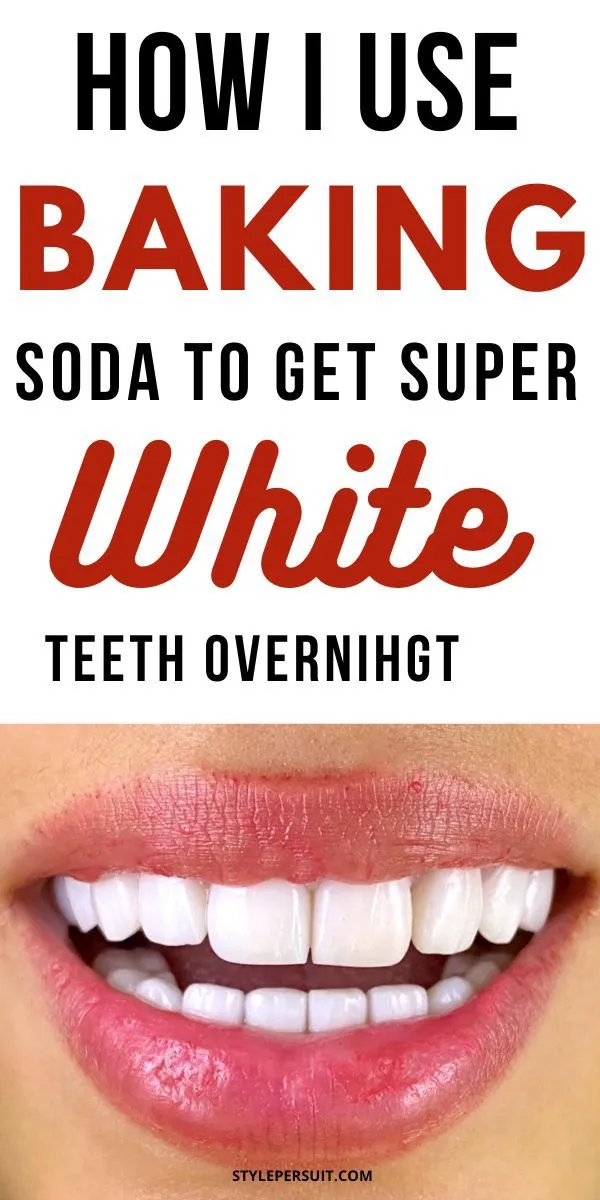Achieving a brighter smile can be a top priority for many, and the quest often leads people to explore various methods for whitening teeth. Among the numerous options available, using baking soda at home has gained significant popularity. It’s an accessible and affordable ingredient readily available in most kitchens. This article explores the top five hacks for whitening your teeth with baking soda, offering practical advice, safety considerations, and essential information to help you achieve a whiter, healthier smile. Before diving into these hacks, it’s crucial to understand how baking soda works and what to expect. This ensures you can make informed decisions about your oral care routine.
What is Baking Soda and How Does It Work for Whitening Teeth
Baking soda, scientifically known as sodium bicarbonate, is a common household item with a wide range of uses, including teeth whitening. Its effectiveness in whitening teeth stems from its mild abrasive properties and its ability to neutralize acids. When used on teeth, baking soda helps remove surface stains caused by coffee, tea, and other foods, leading to a brighter appearance. While not a miracle cure, baking soda can effectively contribute to teeth whitening when used correctly. It’s essential, however, to understand the science behind this process to use it safely and effectively.
The Science Behind Baking Soda’s Whitening Properties
The whitening effect of baking soda is primarily due to its mild abrasive nature. It gently scrubs away stains and plaque from the surface of the teeth. Additionally, baking soda is a mild alkaline substance, which helps to neutralize acids in the mouth. These acids can erode enamel and contribute to tooth discoloration. By reducing acidity, baking soda creates a more favorable environment for oral health and helps to keep teeth whiter. Moreover, baking soda has been shown to have antibacterial properties, which can help reduce the buildup of bacteria that can contribute to staining and decay.
Baking Soda’s Abrasive Nature
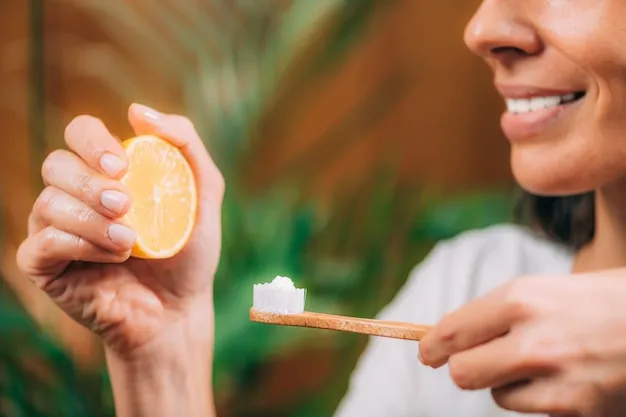
It’s important to acknowledge that baking soda’s abrasiveness is a double-edged sword. While it aids in stain removal, excessive or improper use can potentially damage tooth enamel, leading to increased sensitivity and a higher risk of decay. For this reason, moderation and proper application techniques are critical. It’s advisable to use baking soda in conjunction with a soft-bristled toothbrush and to avoid applying excessive pressure while brushing. Regular dental check-ups are also essential to monitor the health of your teeth and enamel.
Hack 1 Baking Soda and Water Paste
The simplest way to use baking soda for teeth whitening is by creating a paste with water. This method is straightforward, making it an excellent starting point for anyone new to using baking soda for oral care. This hack involves mixing baking soda with water to form a paste and applying it to your teeth.
How to Make the Paste
To make the paste, combine one teaspoon of baking soda with enough water to create a thick, spreadable consistency. Start with a small amount of water, adding more as needed, until you achieve a paste-like texture. It’s crucial to ensure the paste isn’t too gritty, as this could increase the risk of abrasion. The goal is to create a smooth paste that can be easily applied to your teeth.
Proper Application Technique
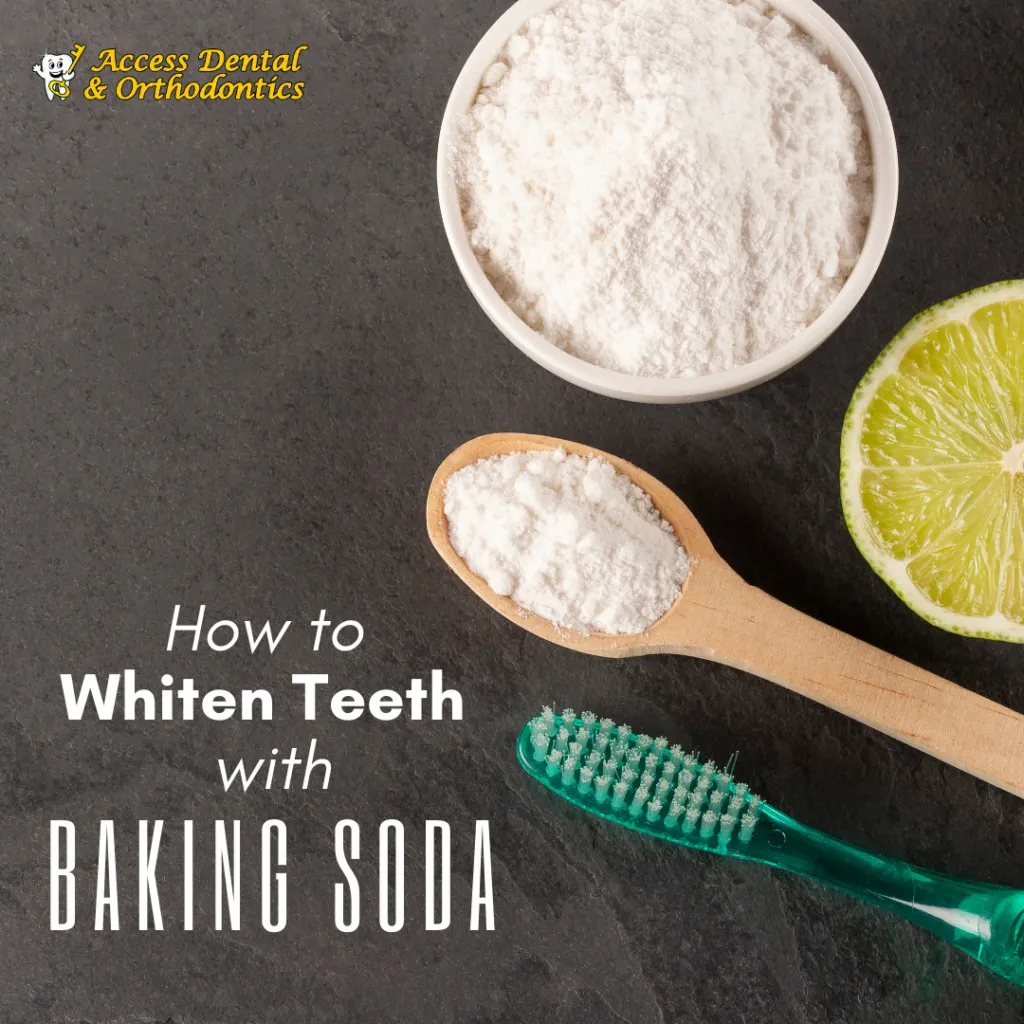
Apply the paste to your toothbrush and gently brush your teeth for about two minutes. Use gentle, circular motions, paying attention to all surfaces of your teeth. Avoid brushing too hard, as this can damage the enamel. After brushing, rinse your mouth thoroughly with water. This method should be used sparingly, perhaps once or twice a week, to avoid over-abrasion. Observe your teeth for any signs of increased sensitivity or enamel wear, and adjust your frequency accordingly.
Hack 2 Baking Soda and Hydrogen Peroxide
Combining baking soda with hydrogen peroxide can amplify its whitening effects. Hydrogen peroxide is a mild bleaching agent that can help break down stains and lighten the color of your teeth. When used in combination with baking soda, it provides a more potent whitening solution.
The Benefits of Hydrogen Peroxide
Hydrogen peroxide is known for its oxidizing properties, which means it can break down stain molecules. This makes it an effective agent for whitening teeth. It also has antibacterial properties, which can help reduce plaque and gingivitis. Using it in conjunction with baking soda can enhance the overall effect, but it’s crucial to use the correct concentration and follow safe practices.
Mixing and Application Guide
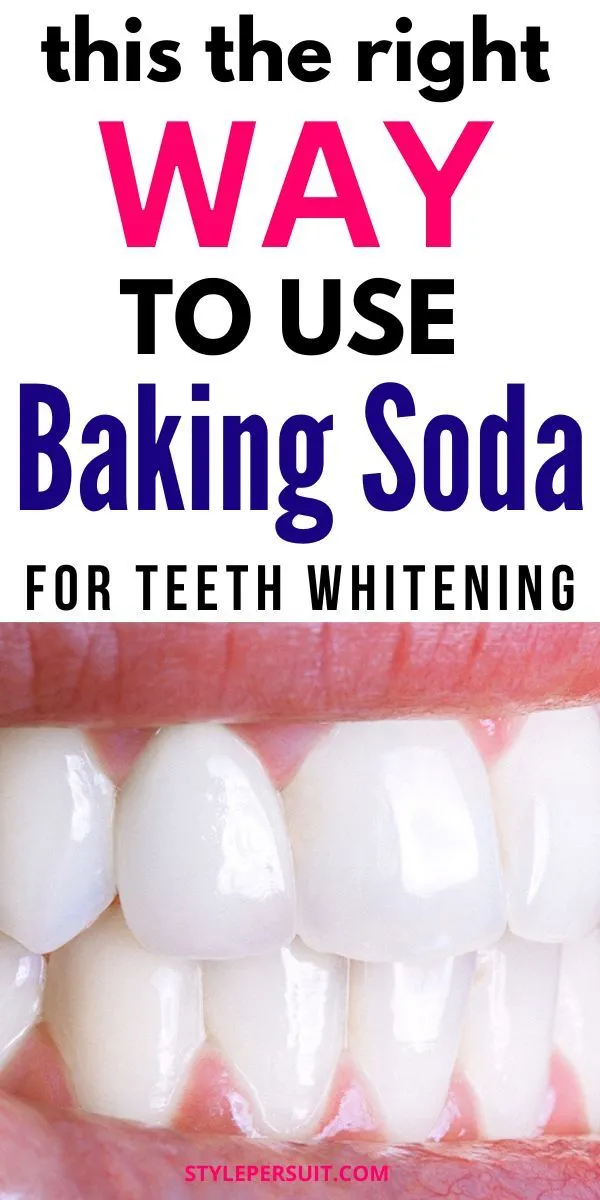
Mix one tablespoon of baking soda with a small amount of hydrogen peroxide to form a paste. The concentration of hydrogen peroxide should ideally be 3%. Apply this paste to your teeth and gently brush for about two minutes. Rinse your mouth thoroughly with water after brushing. Use this method no more than once a week. Be cautious, and discontinue use if you experience any sensitivity or irritation. Always consult with your dentist to ensure it’s a safe option for your specific dental health.
Hack 3 Baking Soda and Lemon Juice
Lemon juice is a natural bleaching agent due to its high citric acid content. Combining it with baking soda creates a powerful whitening mixture. However, it also comes with potential risks that need careful consideration.
The Potential Risks of Lemon Juice
Lemon juice is highly acidic. Its acidity can erode tooth enamel, leading to increased sensitivity and making teeth more susceptible to decay. The combination with baking soda can also cause further enamel damage. Therefore, this hack should be approached with extreme caution and used only as a very occasional measure.
Best Practices for Using Lemon Juice
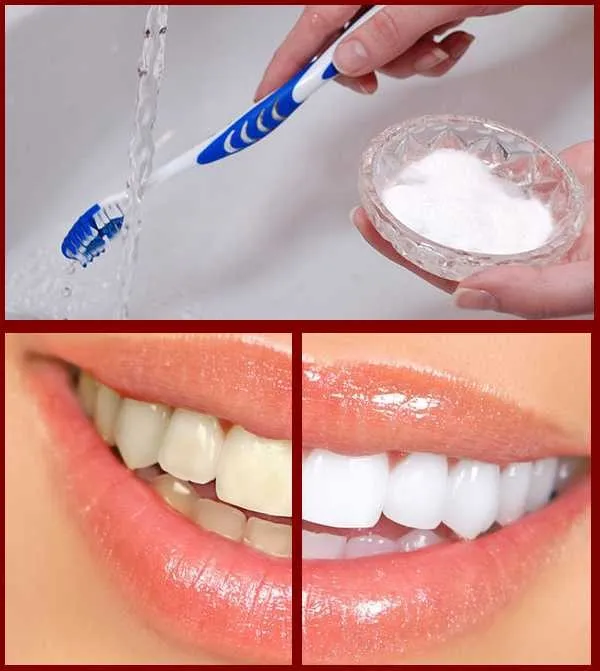
If you choose to use lemon juice, mix a very small amount with baking soda to form a paste. Apply it to your teeth for no more than one minute, and then rinse your mouth thoroughly with water. It’s essential to use a straw when drinking lemon juice to minimize its contact with your teeth. Following each application, wait at least 30 minutes before brushing your teeth to allow your enamel to re-mineralize. Due to the high risk of enamel erosion, it is generally not recommended.
Hack 4 Baking Soda and Coconut Oil
Coconut oil has become a popular ingredient in oral care due to its potential benefits. It is believed to have antibacterial and anti-inflammatory properties. Combining it with baking soda offers a gentler alternative for whitening teeth.
Benefits of Coconut Oil
Coconut oil can help reduce the buildup of plaque and bacteria. It also helps to moisturize and soothe the gums. Furthermore, some proponents claim that coconut oil can help pull toxins from the mouth. However, more research is needed to confirm all the benefits. It provides a less abrasive alternative than other methods, making it a good option for those with sensitive teeth or gums.
Creating and Using the Mixture
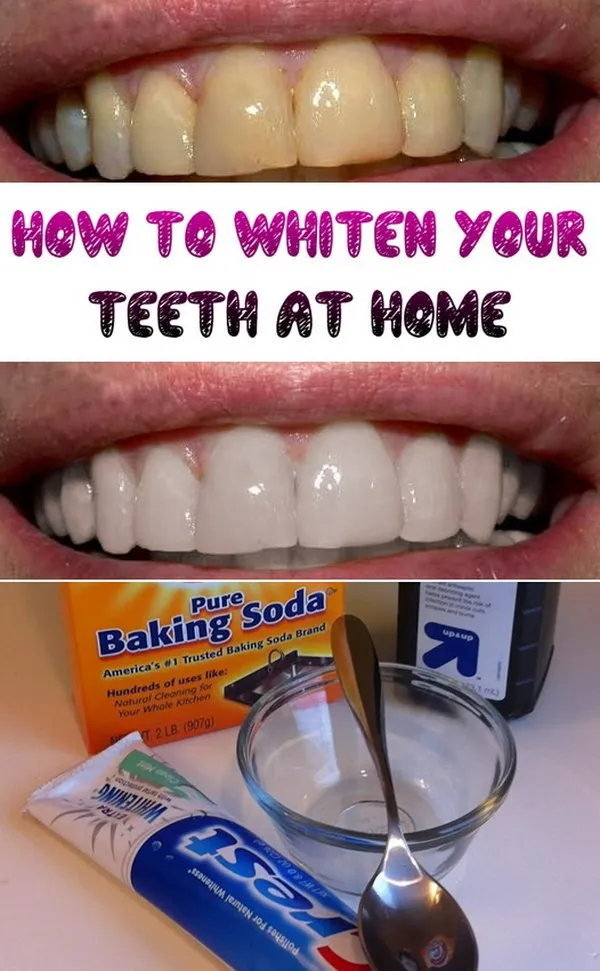
Mix one tablespoon of coconut oil with one teaspoon of baking soda to create a paste. Brush your teeth with this mixture for about two minutes, using gentle circular motions. After brushing, rinse your mouth thoroughly with water. This combination offers a less abrasive approach to whitening teeth. It also provides the added benefits of coconut oil for oral health. Use this method a few times per week as needed.
Hack 5 Baking Soda and Apple Cider Vinegar
Apple cider vinegar (ACV) is known for its potential health benefits. It contains acetic acid, which has antimicrobial properties. When combined with baking soda, it can potentially help with teeth whitening. It’s important to approach this hack with caution.
Apple Cider Vinegar Properties
ACV has antimicrobial properties and has been used in various home remedies. The acetic acid can potentially help in removing stains. However, the high acidity also poses risks to enamel integrity. Similar to lemon juice, its use needs careful consideration due to the potential for erosion.
Mixing and Application Tips
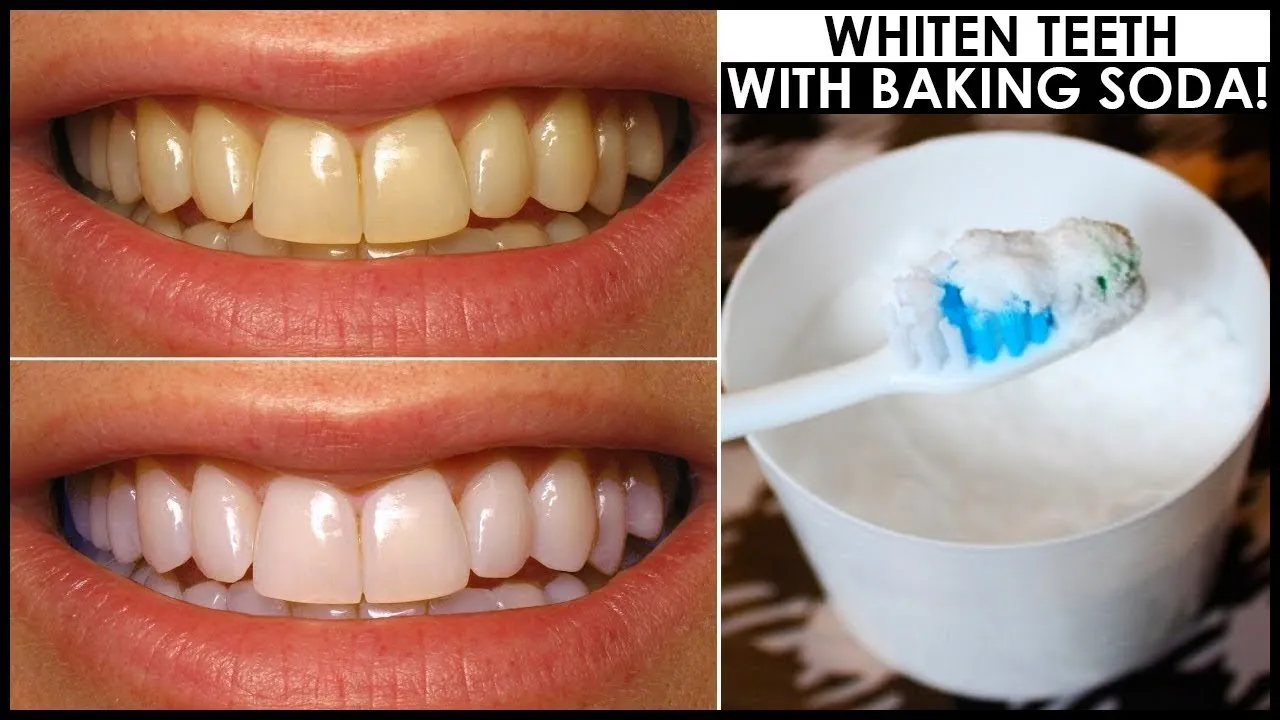
Use a very small amount of apple cider vinegar mixed with baking soda to create a paste. Apply this to your teeth for a short period, and rinse thoroughly. Due to the acidity of ACV, limit its use and always follow up with a fluoride toothpaste. Consider this a very occasional method and consult your dentist before using it.
Important Considerations and Safety Tips
While these hacks can contribute to teeth whitening, it’s crucial to use them responsibly. Overuse or improper application can lead to enamel erosion and increased sensitivity. Always prioritize the health of your teeth by following safety guidelines and consulting with your dentist when needed.
Frequency of Use
It is vital to limit how often you use baking soda for whitening. For the baking soda and water paste, use it no more than a couple of times a week. For methods involving more potent ingredients, such as hydrogen peroxide or lemon juice, limit use to once a week or even less. Regular use of baking soda can lead to enamel erosion, which causes increased sensitivity and vulnerability to cavities.
Potential Side Effects and Precautions
The primary side effect of using baking soda for teeth whitening is potential enamel erosion. This can result in tooth sensitivity, making your teeth more susceptible to hot or cold temperatures, and increasing the risk of cavities. If you experience any sensitivity or discomfort, discontinue use immediately. Using the correct brushing technique with a soft-bristled toothbrush and avoiding excessive pressure can help mitigate the risks.
When to Consult a Dentist
It is always a good idea to consult with your dentist before starting any new teeth whitening regimen. They can assess the health of your teeth and determine if baking soda is a suitable option for you. If you experience any persistent sensitivity, gum irritation, or other oral health issues, seek professional dental advice immediately. Regular dental check-ups are also essential to monitor the effects of any whitening methods and ensure your teeth remain healthy. Your dentist can also offer professional whitening options if baking soda is not providing the desired results.
In conclusion, while baking soda can be an effective and affordable way to whiten your teeth at home, it’s crucial to use it with care. The five hacks outlined in this article offer different approaches, but each requires responsible application and awareness of potential risks. Prioritize the health of your teeth, and consult with a dentist to ensure your oral care routine is safe and effective. By understanding the science, following best practices, and heeding safety tips, you can work towards a brighter smile while maintaining optimal oral health.
